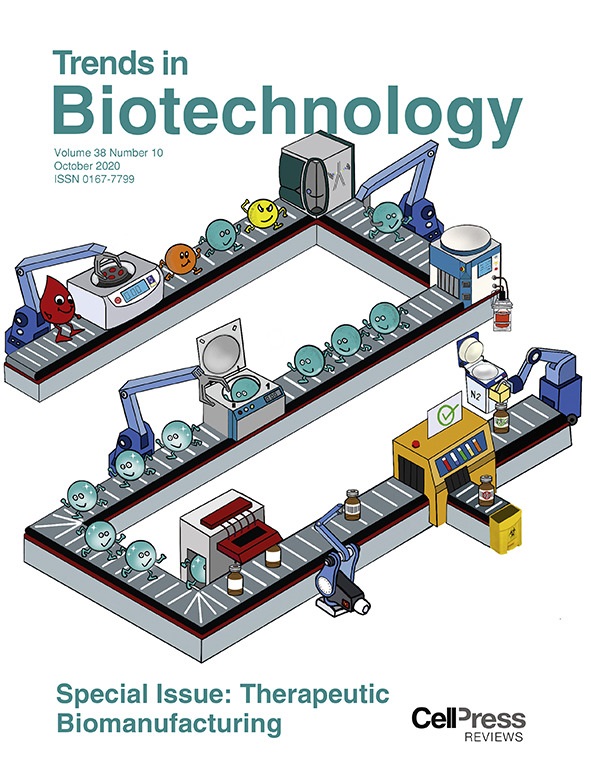“In this review, we discuss current approaches, successes, and failures of cutaneous gene therapy and provide guidance toward the development of next-generation concepts,” state the authors.
“We specifically allude to the delivery strategies as the major obstacle that prevents the full potential of gene therapies – not only for skin disorders but also for almost any other human disease.”
In the article, Gene Delivery to the Skin – How Far Have We Come?, the authors acknowledge that gene therapies are powerful tools for the treatment of inflammatory, genetic, and cancer-related skin diseases.
However, they also note that the use of viral vectors—the current gold standard for gene therapies—for their delivery is limited by packaging size, safety concerns, and manufacturing issues. They observe further how, due to recent advancements, non-viral delivery systems, such as lipid nanoparticle systems, may prove superior for delivering nucleic acid therapeutics to the skin.
“We have the tools for gene therapy,” they conclude; “we now need to optimize their delivery to the target site in the skin.”
